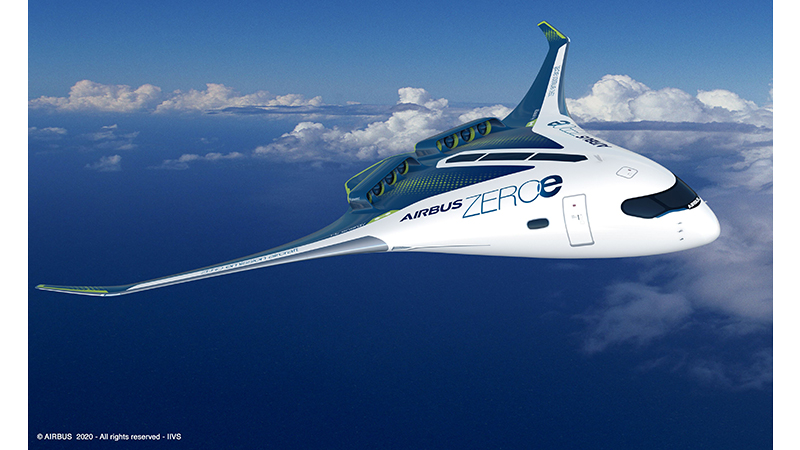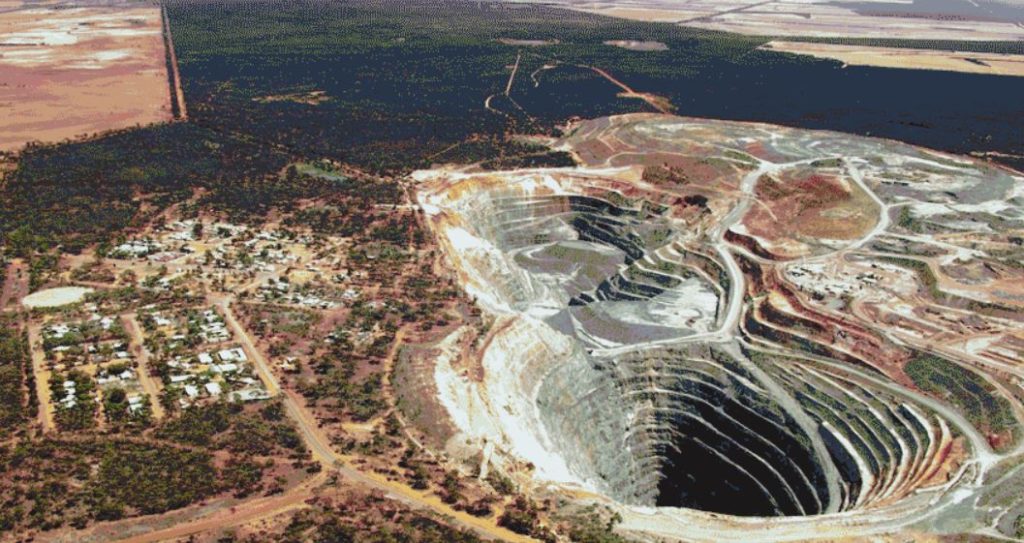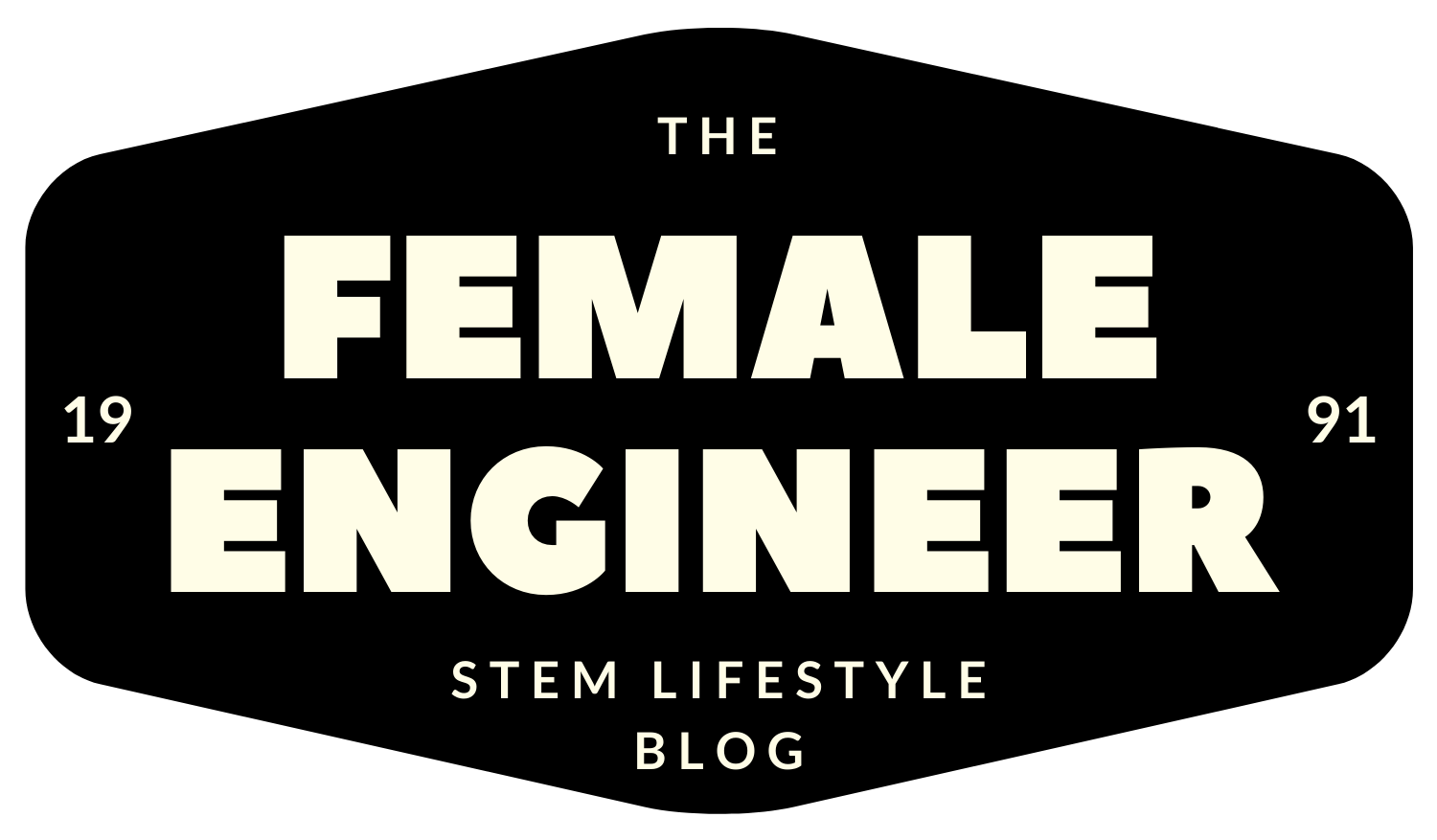Today is a super exciting day in terms of British Engineering news, as the first commercial-scale hydrogen-powered aircraft has successfully completed a 20 minute flight. ZeroAvia are the company behind this venture which has resulted in a six-seater M-class plane flying in the Bedfordshire skies, and they have ambitious aims to make hydrogen planes available in three years. This plane uses renewable hydrogen, which means that it is truly carbon-zero and its only emission is water.
Read more about ZeroAvia’s successful flight here: https://news.sky.com/story/worlds-first-hydrogen-powered-commercial-aircraft-takes-to-the-skies-above-bedfordshire-12080886
Hydrogen is produced via electrolysis which splits water into hydrogen and oxygen. Electricity is needed for this process, so when we talk about ‘renewable hydrogen’ this means that it uses renewable energy as opposed to electricity generated by fossil fuels. This hydrogen is then used as a fuel within a fuel cell of a vehicle, where it is run over a catalyst and combines with oxygen once its ions are split. This generates electricity which runs electric motors that power the car (like in electric vehicles), with water being the only tailpipe ‘emission’.
The main barrier for commercialising hydrogen-powered vehicles is the network of required filling stations, but also making the electricity required to produce the hydrogen without using fossil fuels. However there is considerable interest in pursuing this renewable energy as a potential solution to the climate crisis, with many countries offering grants to support research and development into hydrogen production and distribution.

Airbus have three hydrogen-fuelled plane concepts that have recently released, which they are aiming to become the world’s first large-scale hydrogen plane (https://www.imeche.org/news/news-article/airbus-aims-to-transform-aviation-with-three-new-hydrogen-aircraft-concepts?utm_campaign=1994523_TP_PE%20Weekly_20200925&utm_medium=email&utm_source=dotdigital&dm_i=3X32,16QZF,30APQR,488ZA,1).
The rail industry are also potentially looking towards hydrogen to complement their electric trains and decarbonise the railway, as they are currently developing their strategy for net-zero carbon rail traction by 2050 (https://www.imeche.org/news/news-article/hydrogen-trains-needed-to-help-cut-rail-network-emissions?utm_campaign=1994523_TP_PE%20Weekly_20200925&utm_medium=email&utm_source=dotdigital&dm_i=3X32,16QZF,30APQR,488ZA,1).
It can get a bit complicated when thinking about all of the different options for moving towards carbon neutral transport, but it’s important to understand that there isn’t one solution which is viable for every application and industry. There is plenty of media hype and enthusiasm around electric vehicles (EVs) as a solution for passenger cars, but for aviation, heavy duty off-highway, railway and shipping there isn’t such a straightforward ‘solution’ to reduce greenhouse gas emissions. This is where looking towards other renewable energy such as hydrogen is so key, along with continuing the development of internal combustion engines to improve their efficiency using new technology.
I personally am not a supporter of widespread EV uptake, as the manufacture of the lithium batteries for these cars is incredibly environmentally damaging. Spodumene rocks are a key source of lithium which are mined primarily in Australia, but the alternative method is drilling through salt flats in South America and pumping mineral-rich brine to the surface. This is then left to evaporate for months at a time, until the mixture is filtered enough to extract the lithium carbonate. This process has a heavy environmental toll as it uses approximately 500,000 gallons of water per tonne of lithium, and in areas of Chile this has led to water shortages and farmers having to get water transported in to continue their farming activities. There have also been several instances of toxic chemicals leaking into the water supply, contaminating the water and causing significant numbers of wildlife fatalities.

Once these raw materials have been mined, they are then transported across the world to Asia to be turned into Lithium Ion batteries. From here, they are distributed to the manufacturer to be assembled into the vehicle, before being shipped out to the final customer. This creates a very large carbon footprint of the battery, so even though the end user is ‘emissions free’ there are significant emissions emitted during the manufacture of the vehicle. Additionally, if the electricity used to charge the vehicles is made from fossil fuels, this is another case of moving the problem as opposed to challenging the reduction of emissions across the whole lifecycle of the vehicle.
I believe that renewable hydrogen is the way forward for most transport applications, but it is key that this is produced using renewable energy otherwise this is also just moving the source of the emissions around. It is vital to consider the lifecycle of vehicles when talking about decarbonising transport; instead of targeting zero emissions for the end user the impact of the whole production, distribution and operation must be considered. There are many challenges which have to be overcome in order to make hydrogen fuel cell vehicles viable, but I think this is going to become the best option for many transport applications. It’s a fascinating topic with plenty of differing opinions, so I would be really interested to hear what you think about the whole situation and your preferred solution for battling the climate emergency.
As ever, I would love to hear your comments and thoughts on renewable hydrogen and alternative energy, so please don’t hesitate to get in touch via my contact form or at thefemaleengineerblog@gmail.com
Emilie
The Female Engineer



